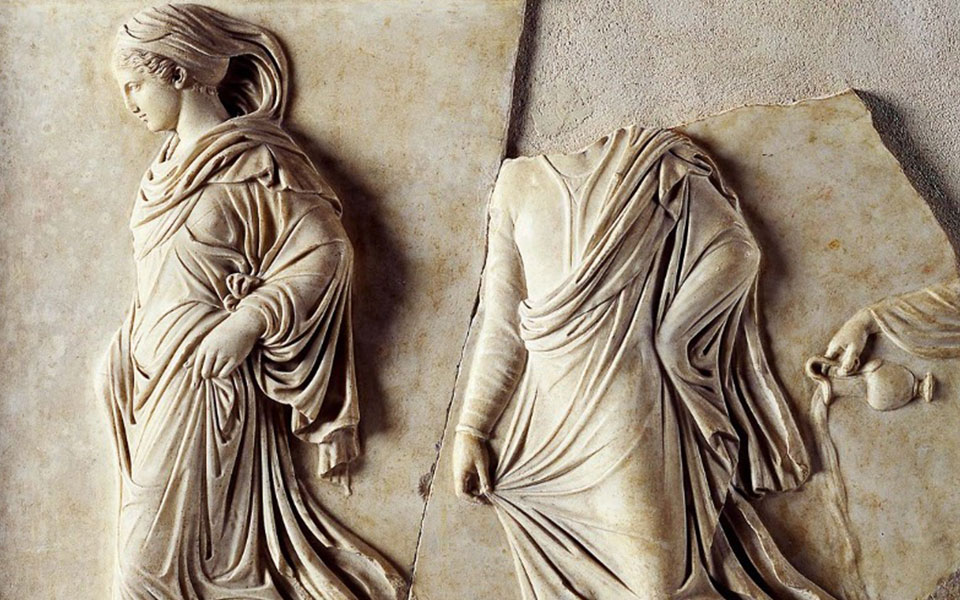Início . 2023
Duração . 24 meses
Investigador Principal . Fabio Tononi (CHAM)
Instituições
Unidade(s) de Investigação
CHAM — Centro de Humanidades

This project investigates the relationship between culture and science by focusing on the role of emotion, empathy, imagination, memory, and pattern recognition in creating, transmitting, and perceiving static images. It considers recent research in aesthetics, anthropology, cultural history, experimental psychology, immunology, and neurophysiology. The dialogue among these disciplines is crucial to exploring the biological implications of images for both the image maker and the viewer. The ultimate goal of this project is to lay the foundations for constructing a systematic theory of aesthetic response, which has yet to be written.
The widespread diffusion of images in recent years has prompted art historians, scientists, and philosophers to ask new questions about the nature of images, and the relationship between their morphologies and how observers interact with them. From blockbuster exhibitions to photojournalism, television to advertising, films to video clips, and social networks to the culture of selfies, the consumption of images has radically changed in the last decades. It is necessary to employ a multidisciplinary approach to explore the culture of images. This will shed new light on the logic behind the creation and dissemination of images and the related modes of perception.
More specifically, this project investigates the relationship between the representation of emotions and the observer’s mirroring of those same emotions or the arousal of different emotions in reaction to them. Furthermore, it analyses how artists have conveyed movement in still figures and how viewers respond to it at a biological level. Another aspect that lacks sufficient investigation is the appearance of, and response to, the unfinished in the Western tradition, that is, from classical antiquity to the nineteenth century and beyond, when the unfinished becomes a constituent element of an original style of artists such as Auguste Rodin, Egon Schiele, and Giorgio Morandi.
Related to these themes is the role of imagination, hereditary memory (including neuroimmune memory), collective (or cultural) memory, long-term memory, and short-term memory in aesthetic response. In addition to Aby Warburg’s theory of cultural memory, it is essential to explore the recent empirical research on different types of memory and imagination to shed light on their role in the creation, transmission, and perception of images.
The results of this research project will provide evidence that the creation, transmission, and perception of images have cultural and biological implications (and not only cultural implications, as many studies claim). Such an investigation would lead to a systematic theory of aesthetic response to images that can evaluate the relationship between the appearance of and responses to images, and the power of images, from an experimental aesthetic perspective. This can be achieved by linking the various brain-body mechanisms underlying viewer responses to certain patterns in visual images. In this way, mental faculties and states such as emotion, empathy, imagination, and memory can be positioned in relation to aesthetic contemplation.
Adelino Cardoso (CHAM – NOVA FCSH)
Professor David Freedberg (Columbia University, New York)
Franziska Maria Urban (University of Vienna / CHAM – NOVA FCSH)
Sabina de Cavi (Universidade Nova de Lisboa)
Carla Feliciano (Universidade de Lisboa)